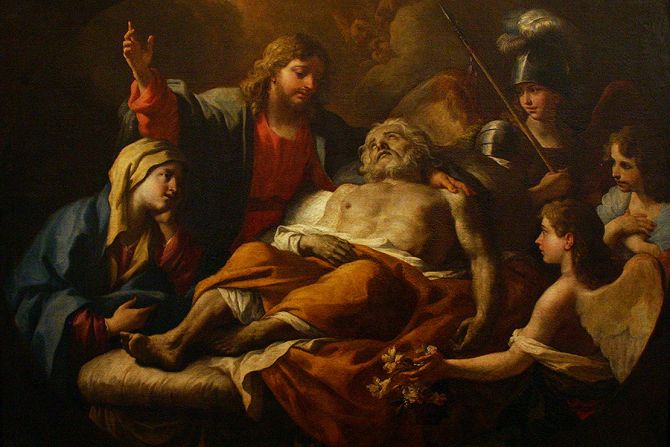London, England, Jul 6, 2017 / 02:02 am
In the 14th century, approximately one third of the population of Europe - or anywhere from 75 million to 200 million people - was wiped out due to what became known as the Black Death.
Characterized by and named for the black, bulbous sores that oozed pus and blood, the affliction typically killed its victims within two to seven days.
The Black Death, also known as the Black Plague, understandably shook the faith of the people of Europe at the time. It was shortly after its reign of terror that an anonymous Dominican friar wrote "Ars moriendi," or "The Art of Dying," a six-chapter work explaining the Church's perspective on a good death.
It included catechesis on why death was not to be feared, how the soul could prepare itself for death, and proper prayers to for the individual and loved ones to say at the time of death. A shorter version translated the book into 11 woodcuts illustrating the work.




